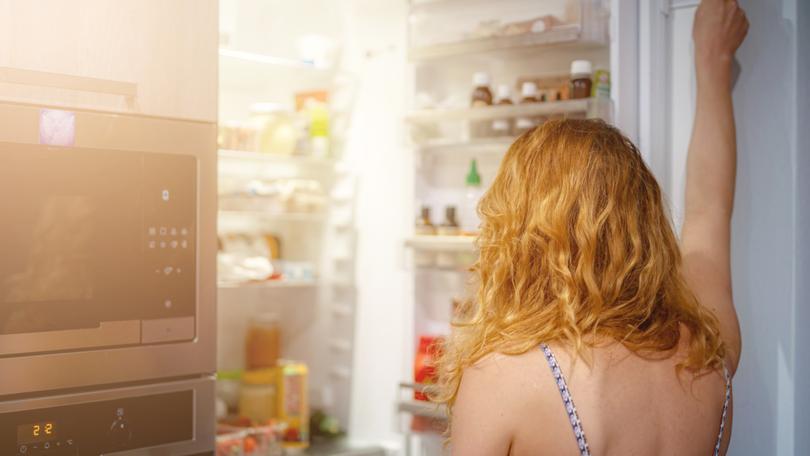Mark Riley: ‘Fridge formula’ shows inflation pain far from over

There are so many individual measures of economic activity these days that it is often difficult to determine exactly how the ebb and flow of international financial affairs affects families in their real life circumstances.
Take interest rates, for example.
The impact they have on the economy would appear to be relatively easy to read.
Sign up to The Nightly's newsletters.
Get the first look at the digital newspaper, curated daily stories and breaking headlines delivered to your inbox.
By continuing you agree to our Terms and Privacy Policy.When they go up, the finances of people with mortgages go down.
Although, there are offsets.
Higher rates also mean higher returns on interest-bearing investments, such as savings accounts and term deposits.
That helps people who don’t have mortgages, such as self-funded retirees.
But higher interest rates also increase input costs for businesses, cutting their profit margins and stock prices which, in turn, decreases the value of superannuation accounts and other investments.
Then, there’s inflation. It forces up the prices of the things we buy, thereby reducing the value of the money we earn or borrow.
By how much it does depends largely on what we buy.
On top of that are the more boutique measures of economic activity — job ad series, consumer confidence indicators, business intention tables, current account estimates, trade indicators and so on.
The cross-matching, overlapping and intersection of all these various indicators can produce quite a confusing statistical soup.
It is long past time for a clearer guide to the real, practical impact of all this on average people’s lives.
And because politicians like to talk about how things are impacting families around the kitchen table, that new measure should be based on an essential household item that stands right near that table — the fridge.
We’ll call it the fridge formula.
And this week, it’s not looking too crash hot.
The first element of the formula is the sale of fridges, which is on the slide.
Leading retailer Harvey Norman has forecast a drop in profits of 30 per cent, largely because of declining sales of white goods such as fridges.
This is a handy indicator of the true state of family budgets.
If you do happen to have a lazy bottle of bubbly hanging around the house, our new index suggests that you keep it firmly in the fridge for now.
Fridges are something we have to buy every 10 years or so but also something we can afford to put off for a while if things are tight.
A decline in sales is, therefore, a clear indication that families don’t believe they have sufficient disposable income at present to make those sort of large discretionary purchases.
The second element of the fridge formula is the price of the food staples we put into them.And while the fall in overall monthly inflation in May from 6.8 to 5.6 per cent caused general excitement, the subcategories of price movements revealed a quite different reality for families doing the weekly shop.
The fridge staples were up sharply — dairy products by 15.1 per cent, general food products by 11.5 per cent and drinks by 9.2 per cent.
The third contributor to the fridge formula is the cost of running them — electricity prices. They were up by 14.1 per cent.
A combined average of all those hip pocket costs tells us that they were up by 12.5 per cent, more than double the headline rate.
That is the daily, kitchen table, fridge formula reality for Australian parents such as Clinton Candy.
He told Seven News this week as he emerged from a suburban supermarket that just buying the essentials for his family of seven had set him back $375.
And that’s why the plugged-in economists are warning that the unexpectedly sharp drop in the monthly inflation series is not yet cause to pop the champagne bottle.
On the positive side, it makes it less likely that the Reserve Bank will increase rates again next Tuesday.
But many analysts still believe there will be at least one more rise before the end of the year to ensure that inflation is finally tamed.
And that’s why, if you do happen to have a lazy bottle of bubbly hanging around the house, our new index suggests that you keep it firmly in the fridge for now.

